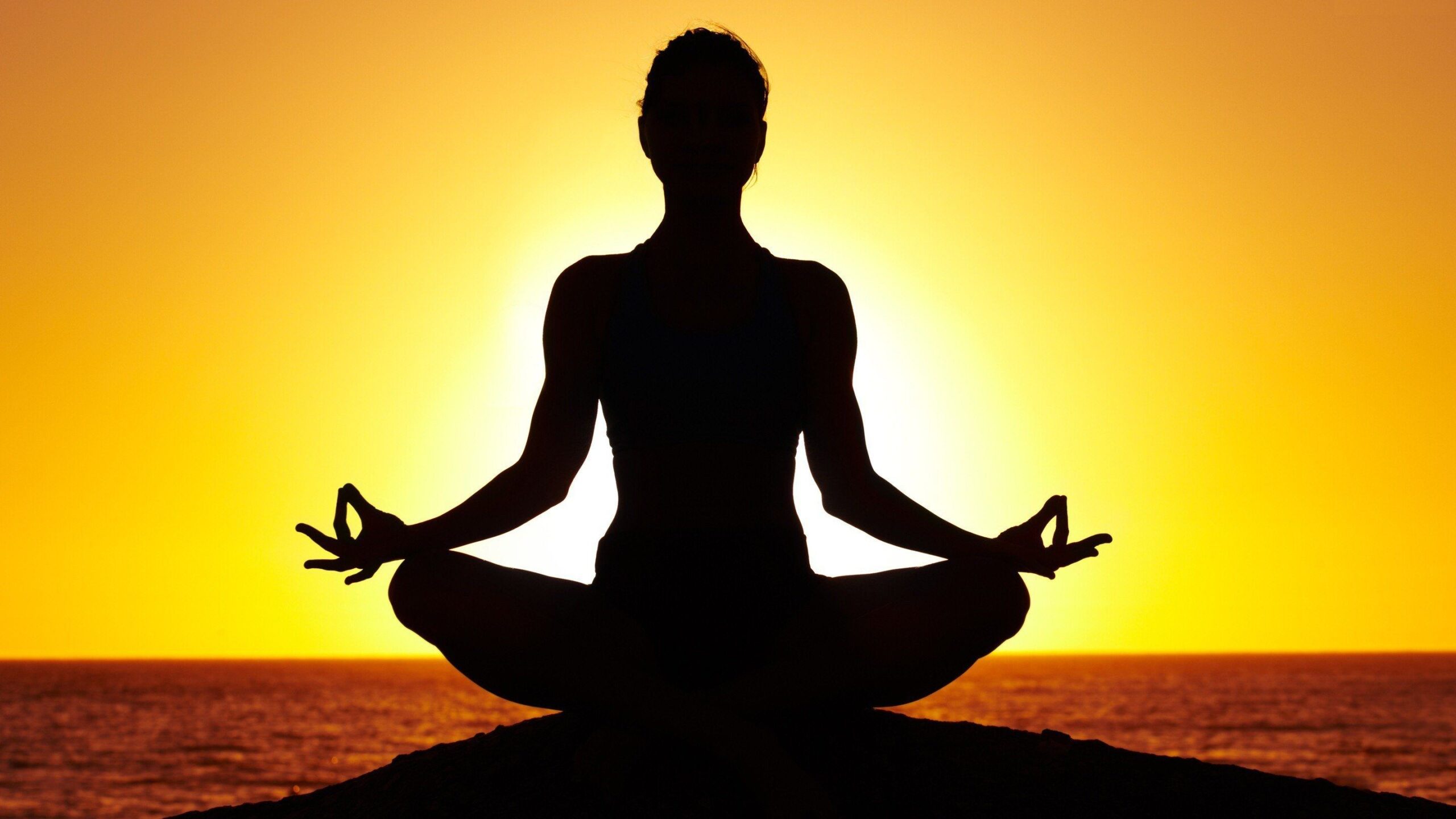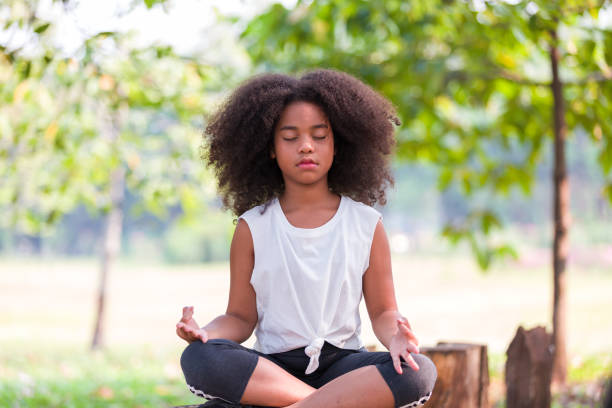How to Meditate? Checking Out Different Techniques for a Tranquil Mind
How to Meditate? Checking Out Different Techniques for a Tranquil Mind
Blog Article
How to Meditate: A Detailed Technique to Getting Mindfulness and Calm
Meditation acts as an effective tool for attaining mindfulness and emotional calmness in a fast-paced world. By comprehending the fundamental concepts and strategies associated with reflection, individuals can grow a method that boosts their overall health. This conversation will certainly outline necessary steps, from developing a favorable environment to incorporating meditation into everyday routines. As we discover these elements, it becomes clear that the trip to mindfulness is not simply regarding the act of sitting in silence, however instead concerning cultivating a much deeper link with oneself and the world around us. What might this improvement entail?
Understanding Meditation
Comprehending reflection includes comprehending its essential principles and strategies, which offer as the structure for the technique. At its core, reflection is a mental exercise intended at promoting leisure, developing inner power, and creating empathy and insight. The method encourages individuals to concentrate their interest, commonly through techniques such as deep breathing, visualization, or rule rep.
Meditation can be categorized right into various styles, consisting of mindfulness, transcendental, and loving-kindness reflection, each with distinctive functions and methodologies. Mindfulness reflection highlights present-moment recognition and non-judgmental monitoring of ideas and sensations, while copyright includes making use of certain rules to transcend regular thought procedures. Loving-kindness meditation focuses on creating a perspective of love and empathy towards oneself and others.
No matter of the strategy employed, the primary objective stays constant: to cultivate a deeper understanding of the mind and its patterns. This self-awareness promotes psychological durability, clearness of idea, and an extensive sense of calm (How to meditate?). By comprehending these concepts and strategies, individuals prepared for an effective meditation technique that can dramatically improve their general wellness
Planning For Your Method
Before beginning your meditation practice, it is vital to create an atmosphere for concentrate and relaxation. Select a quiet space where you are not likely to be interrupted. This could be an edge of an area, a garden, or any kind of place that stimulates a feeling of tranquility. Make sure that the area is tidy and free of mess, as a clean environment can assist get rid of the mind.
Think about the lighting, as all-natural light can enhance your state of mind and energy. Soft, cozy lights is frequently more relaxing than extreme fluorescent lights. In addition, choose a comfy temperature, making certain that you are neither too hot neither as well chilly.
Incorporating components that promote harmony can even more boost your experience. This may consist of soft pillows or blankets for comfort, along with relaxing scents from important oils or incense. It can additionally be valuable to have actually a timer set for your meditation session to prevent diversions from clock-watching.
Basic Meditation Strategies

One more reliable strategy is body check reflection. This entails psychologically scanning your body from head to toe, noticing any type of areas of tension or discomfort and knowingly loosening up those muscles. This method more information fosters a much deeper connection in between your mind and body.

Last but not least, loving-kindness meditation concentrates on cultivating concern in the direction of yourself and others. Quietly repeat expressions of goodwill, boosting psychological well-being and interconnectedness. Each of these techniques acts as a structure for your reflection journey, allowing you to find the method that resonates finest with your individual practice.
Keeping Focus and Mindfulness

Developing a committed meditation area can enhance the ability to maintain mindfulness. A peaceful, minimalist setting reduces interruptions, allowing for much deeper immersion in the method. In addition, setting a time restriction can help handle expectations; beginning with shorter sessions might relieve the shift into longer methods.
Utilizing techniques such as body scanning or observing sensations can additionally bolster mindfulness. These techniques encourage specialists to stay existing and involved with their physicality, anchoring their focus in the moment. Routine technique is essential; the brain develops durability in time, creating a more powerful ability for emphasis.
Incorporating Meditation Into Daily Life
Including reflection into day-to-day live Discover More can transform regular activities into chances for mindfulness and self-reflection. By integrating mindfulness techniques into usual jobs, people can grow a greater feeling of presence and peace among the numerous hours of day-to-day life.
Begin by recognizing minutes throughout your day where you can pause and practice mindfulness. Even mundane activities like strolling or cleaning dishes can become possibilities for meditation by directing your interest to the feelings of activity and the noises bordering you.
Furthermore, reserving specialized times for reflection can strengthen its practice. Beginning with brief sessions, progressively increasing duration as you end up being navigate to these guys a lot more comfy. Usage suggestions or hints-- like a certain time of day or a soothing sound-- to develop uniformity.
Inevitably, the goal is to weave mindfulness into the textile of every day life, allowing you to come close to each minute with intent, thus enhancing your overall sense of well-being and clarity.
Final Thought
In conclusion, effective reflection calls for a silent atmosphere, a comfortable placement, and an emphasis on the breath. Regular reflection, also in quick sessions, cultivates a deeper connection to the present minute, inevitably leading to higher tranquility and mental clarity in daily life.
Reflection can be classified into numerous designs, including mindfulness, transcendental, and loving-kindness meditation, each with distinctive functions and approaches. Mindfulness meditation highlights present-moment recognition and non-judgmental monitoring of ideas and feelings, while transcendental reflection entails the usage of certain mantras to transcend normal thought procedures.With your reflection area prepared, it's time to discover numerous standard meditation strategies that can aid cultivate mindfulness and inner peace.Regularly keeping emphasis and mindfulness throughout reflection can be difficult, specifically for those brand-new to the method.Developing a specialized meditation area can enhance the ability to maintain mindfulness.
Report this page